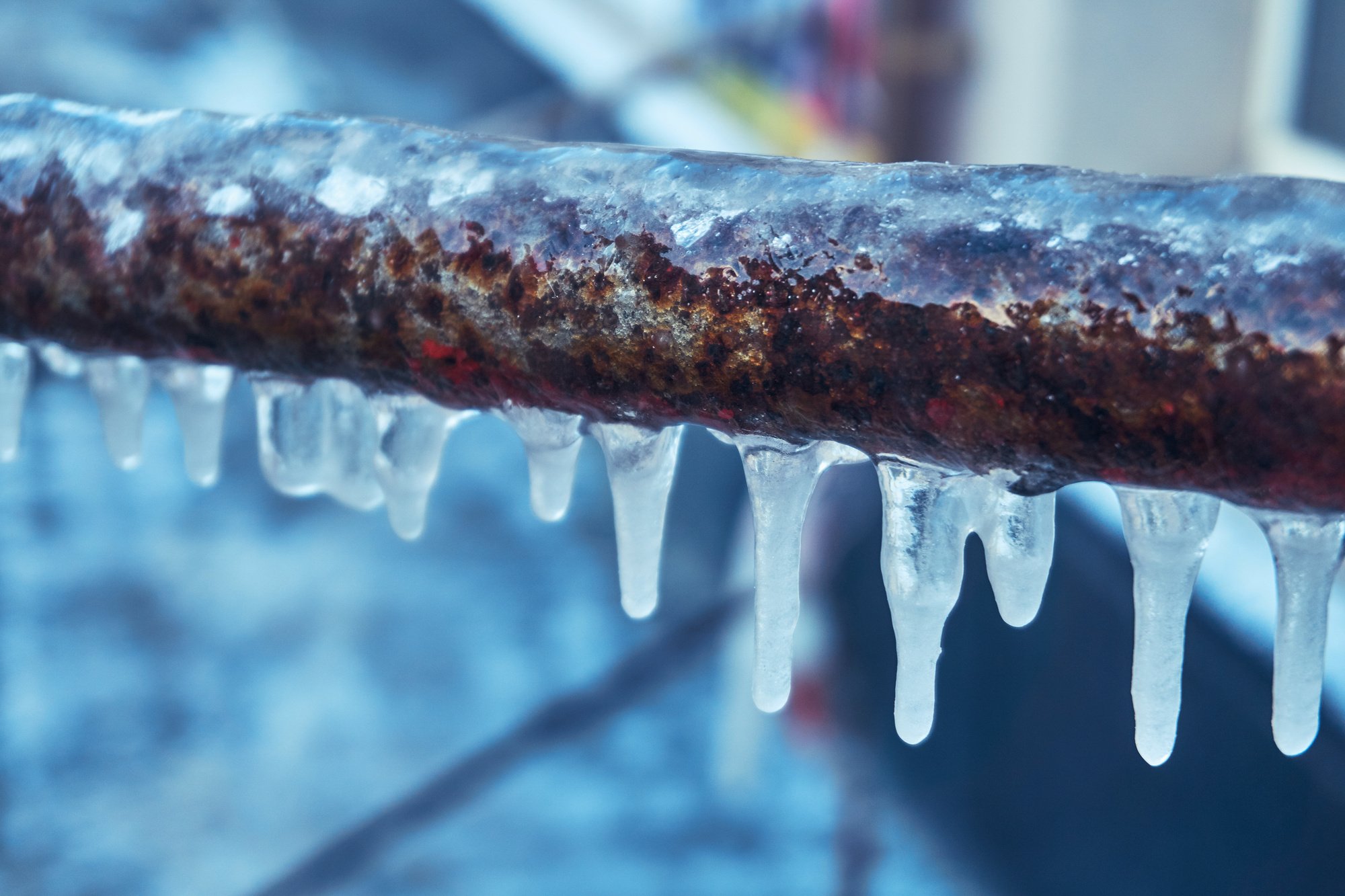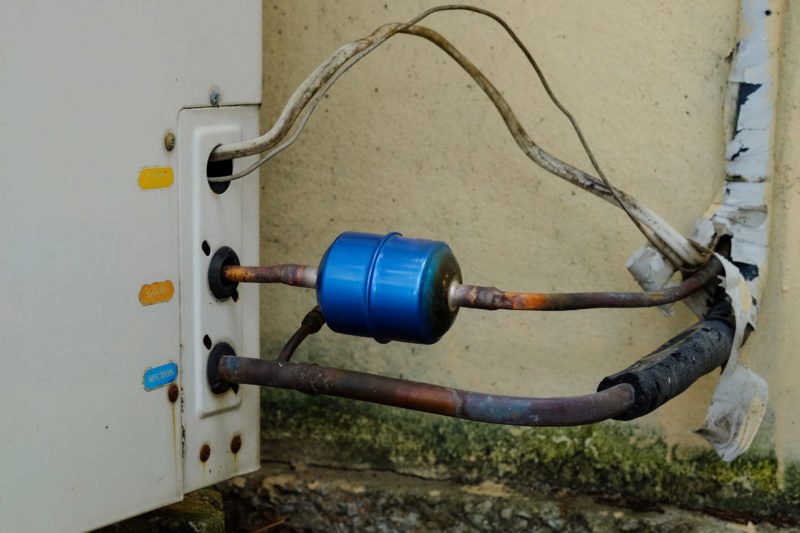This post in the next paragraphs involving How can I fix an air conditioner’s frozen pipe? is without a doubt remarkable. Read on and draw your own ideas.

Introduction
Finding that your air conditioner pipe is iced up can be concerning, particularly throughout warm summer months when you count on your ac system the most. Recognizing what to do in such a circumstance is important to prevent further damage to your air conditioning system and ensure your convenience inside your home.
Understanding the Causes
A number of elements can add to the freezing of an air conditioner pipe. Recognizing these causes can aid you deal with the concern efficiently.
Absence of Airflow
One common root cause of an icy AC pipeline is inadequate airflow. When the air flow over the evaporator coil is limited, it can cause the coil to drop below freezing temperature, bring about ice development on the pipe.
Low Refrigerant Levels
Inadequate cooling agent levels in your AC system can likewise lead to a frozen pipeline. Reduced cooling agent degrees can create the stress in the system to drop, causing the cold of wetness on the evaporator coil.
Winter Conditions
In chillier climates, freezing temperatures outside can contribute to the freezing of AC pipelines. If your air conditioner unit is not properly shielded or if there are leakages in the ductwork, chilly air can infiltrate the system, causing the pipeline to ice up.
Dirty Air Filters
Dirty or clogged air filters can limit air movement in your a/c system, resulting in various concerns, including an icy pipeline. It's necessary to change or cleanse your air filters frequently to ensure correct airflow and stop ice build-up.
Signs of a Frozen A/c Pipe
Identifying the signs of a frozen a/c pipeline is essential for timely action.
Minimized Airflow
If you see a substantial decrease in air flow from your vents, it might suggest an icy pipe.
Ice Buildup on the Pipe
Visible ice accumulation on the refrigerant line or the evaporator coil is a clear indicator of an icy air conditioner pipeline.
Strange Sounds from the Unit
Unusual sounds, such as hissing or bubbling, coming from your a/c system can indicate that there's ice existing on the pipeline.
Immediate Actions to Take
When confronted with a frozen a/c pipe, it's vital to act promptly to stop more damages to your cooling system.
Shutting off the air conditioning
The initial step is to turn off your a/c to avoid the system from running and aggravating the problem.
Checking for Blockages
Evaluate the area around the indoor device for any blockages that may be blocking air flow, such as furniture or curtains.
Defrosting the Pipe
You can use mild methods like putting towels soaked in cozy water around the icy pipe to help thaw it gradually.
Safety nets
Taking preventive measures can assist avoid future occurrences of an icy air conditioning pipeline.
Normal Maintenance Checks
Set up normal upkeep consult a professional HVAC specialist to guarantee that your air conditioning system is running efficiently.
Changing Air Filters
Routinely replace or cleanse your air filters to stop air flow restrictions and keep ideal performance.
Shielding Exposed Pipes
If your a/c pipes are revealed to chilly temperatures, take into consideration protecting them to prevent freezing during cold weather.
Seeking Professional Help
If DIY approaches fail to settle the issue or if you're unclear about just how to proceed, it's ideal to look for support from a qualified HVAC professional.
When DIY Methods Fail
If your efforts to thaw the pipe or address various other problems are unsuccessful, it's time to call in a specialist.
Significance of Hiring a Professional HVAC Technician
A licensed HVAC technician has the experience and tools needed to diagnose and fix issues with your a/c system securely and efficiently.
Verdict
Handling an icy AC pipe can be a frustrating experience, yet knowing exactly how to react can aid minimize damage and bring back convenience to your home. By recognizing the causes, identifying the indicators, and taking punctual activity, you can effectively attend to the concern and prevent future events.
What to Do If Your AC Line Is Frozen
Make Sure All Supply and Return Air Vents Are Open
If you notice problems with airflow, the first thing you should do is check your supply and return vents. Supply vents distribute clean, conditioned air throughout your home. As this air becomes stale, it’s pulled into the return vent, where it’s reconditioned before being sent back out through the supply vent.
When these vents are closed, air won’t flow in the home. Before examining your AC, check the vents in every room and ensure they’re all open.
Check for a Dirty Air Filter
Another possible cause of limited airflow is a dirty air filter. Your air conditioner’s filters catch elements you don’t want to breathe in, such as dirt and dust. Over time, filters can become clogged, ultimately blocking air from flowing in and out. The lack of airflow can then cause the entire coil to freeze and will completely restrict any air from moving through it. The AC may need to be powered off for one to two days to allow the coil to thaw after replacing the filter to allow proper functioning of the unit. This debris can also accumulate on your AC’s evaporator coil, requiring a more serious repair. In general, air filters should be cleaned regularly (about every two weeks).
Assess Your Outdoor Unit
In addition to checking your AC, assessing the outdoor unit is a good idea. Also known as the condensing unit, it works with your interior unit to release heat outside. An issue with the outdoor unit can result in rising internal temperatures.
Overgrown Shrubs or Clogged Leaves
From leaves and twigs to shrubs and debris, there’s no shortage of outdoor elements that can accumulate around your condensing unit. When these elements get lodged inside the unit, they can block airflow. Fortunately, removing the blockage can solve the problem.
Sounds of a Broken Fan
Shrubs and leaves aren’t the only things that can impede your outdoor unit’s airflow. If the fan is broken, the unit won’t be able to properly get rid of heat — which means the internal temperature won’t go down. First, make sure the fan is spinning. If it is, check for the following sounds of a broken fan:
- Buzzing
- Rattling
- Screeching
- Hissing
- Clicking
Preventative Measures
Nobody wants to deal with a frozen AC line. In addition to causing problems with your air conditioner, they require professional repairs. On the bright side, there are preventative measures you can take to help ensure this issue doesn’t arise in the first place.
https://www.coopergreenteam.com/blog/what-to-do-if-ac-line-frozen

I am very focused on Have a Frozen AC Line? Here’s How to Fix It and I am praying you appreciated my article. So long as you liked our page plz make sure you remember to pass it around. Thanks so much for going through it.
Schedule And Pricing
Comments on “Tips for Thawing a Frozen AC Pipe - Restoring Normal Functionality”